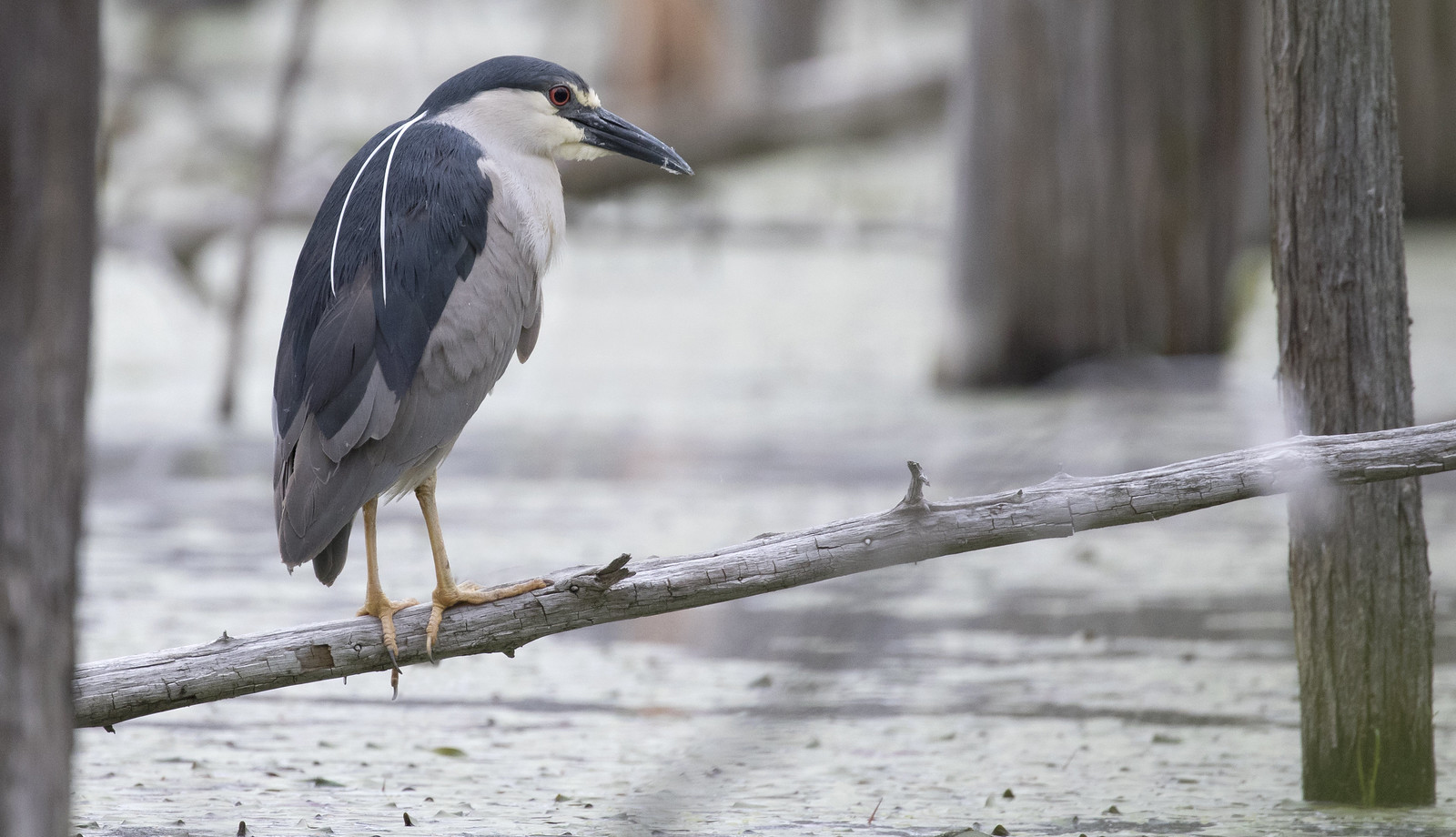As we near the halfway point in the year and spring migration is in our rear-view, new challenges are presented as new species start to be fewer and further between. June through August was a true testament to that, adding only 7 new species to the year list. A new species added is either low-hanging fruit or a good bird, and lucky for me all 7 of those species were goodies.
June got off to a good start when a kind local birder tipped me off on a Black-crowned Night-heron only minutes away at a local trail in Newton, NH. It’s a somewhat unusual sighting to be seen inland in Rockingham County during the summer but not unprecedented. This gorgeous adult bird in breeding plumage, sporting some fancy plumes, was tricky to find in this cedar swamp but was seen consistently through the summer. The location is home to a Great Blue Heron rookery, so the question of breeding came into mind though no evidence was found.
Another highlight that came from June included a calling Eastern Whip-poor-will from our back door! It was a treat considering this was my first for Rockingham County. The bird was heard consistently throughout the summer and was likely breeding nearby. Whip-poor-wills are in steep decline in NH and one I generally have to put effort into finding. Other June additions included a singing Orchard Oriole and my first ever Marsh Wren in the 5MR at a previously unreported location.
As July set in I was struggling to find new birds at my usual haunts, so I headed down to Job Swamp to see what I could turn up at this nice cattail marsh. I had only been to this spot during the winter months, where I picked up a nice male Northern Harrier, so I didn’t know what to expect.
-
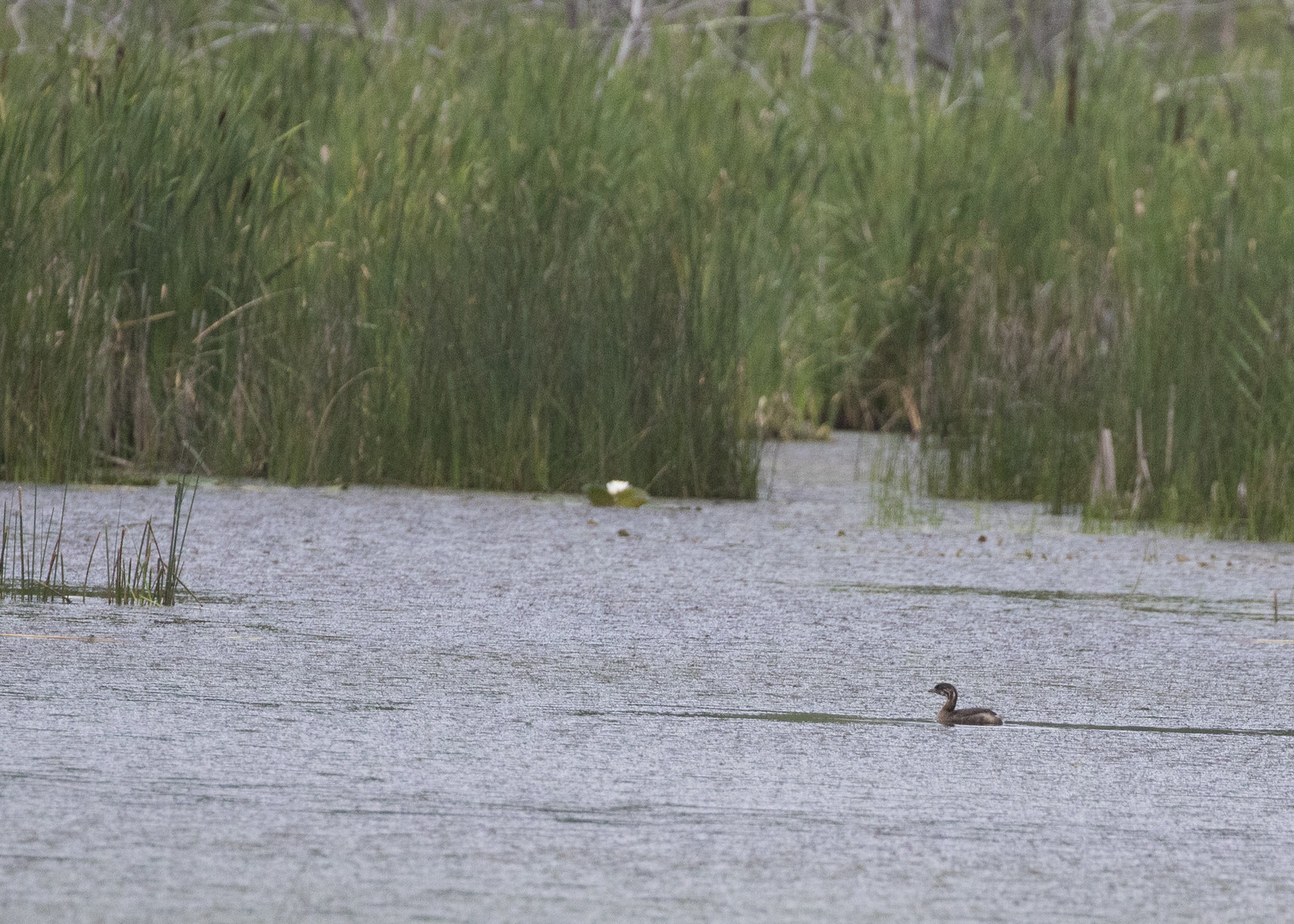
-
young Pied-billed Grebe
-
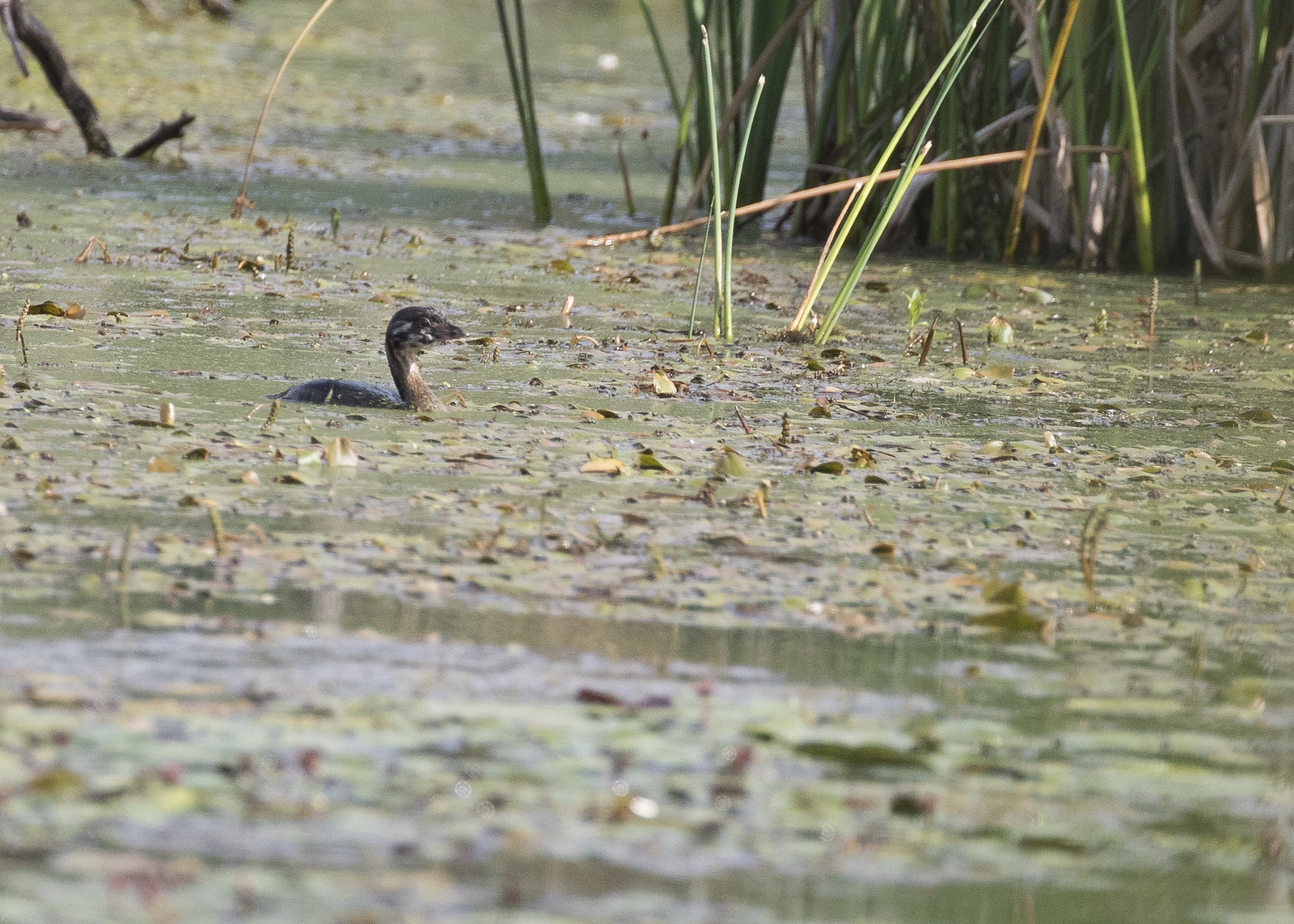
As I stood at the edge of the cattails I could hear the chatter of Marsh Wrens all over and watched young Wood Ducks perusing around some open water in the middle of the marsh. There was a smaller little bird among them — a juvenile Pied-billed Grebe…and then another! It was an awesome surprise to find these young birds here — it is a first for the location and an important breeding record for Essex County, MA!
As an avid marsh-birder, while I’m in the marsh I tend to wonder what other birds are lurking out there that I can’t or won’t see…and so as I admired this lush marsh I said aloud to myself “There have to be bitterns in here…”. Call it dumb-luck, a bird omen, coincidence, but seconds later a female LEAST BITTERN flies directly in front of me at eye level from one stand of cattails to one closer to me! Perhaps it heard me? As I left the marsh, the loud ‘kak kak kak’ contact call from another LEBI in an adjacent part of the pond. This was also the first record (that I can find) for this location and another ‘probable breeding’ record for Essex County.
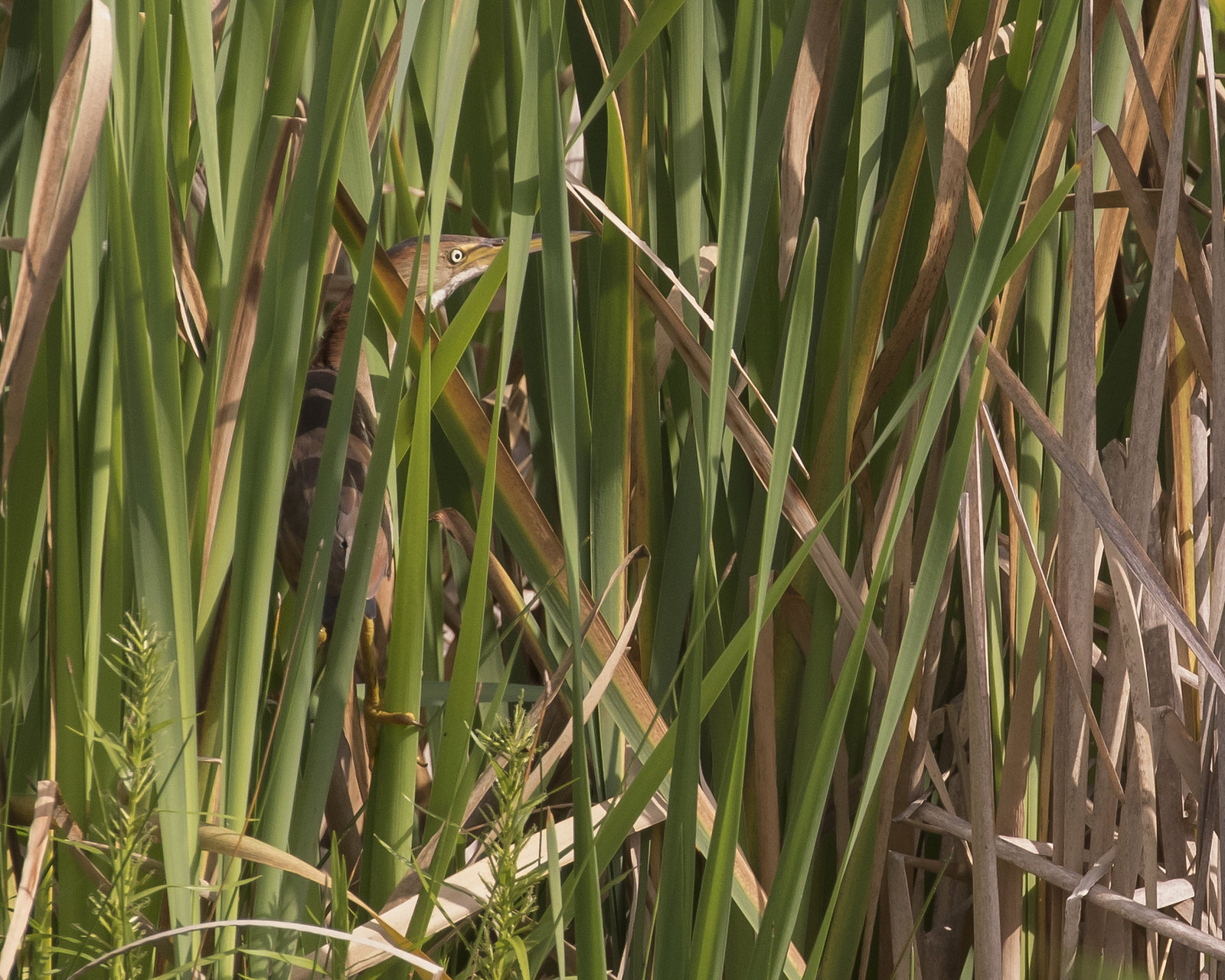
My favorite bird, Least Bitterns are locally common in Essex County and arguably the same in Rockingham County (if you ask me), but perhaps more common in MA.
August was, well, pretty damn slow. It was either due to the fact that I had an 8-month pregnant wife that kept me from birding or that there were no good birds around. I was able to add 1 at the end of the month — a flock of Common Nighthawks migrating overhead from our back door.
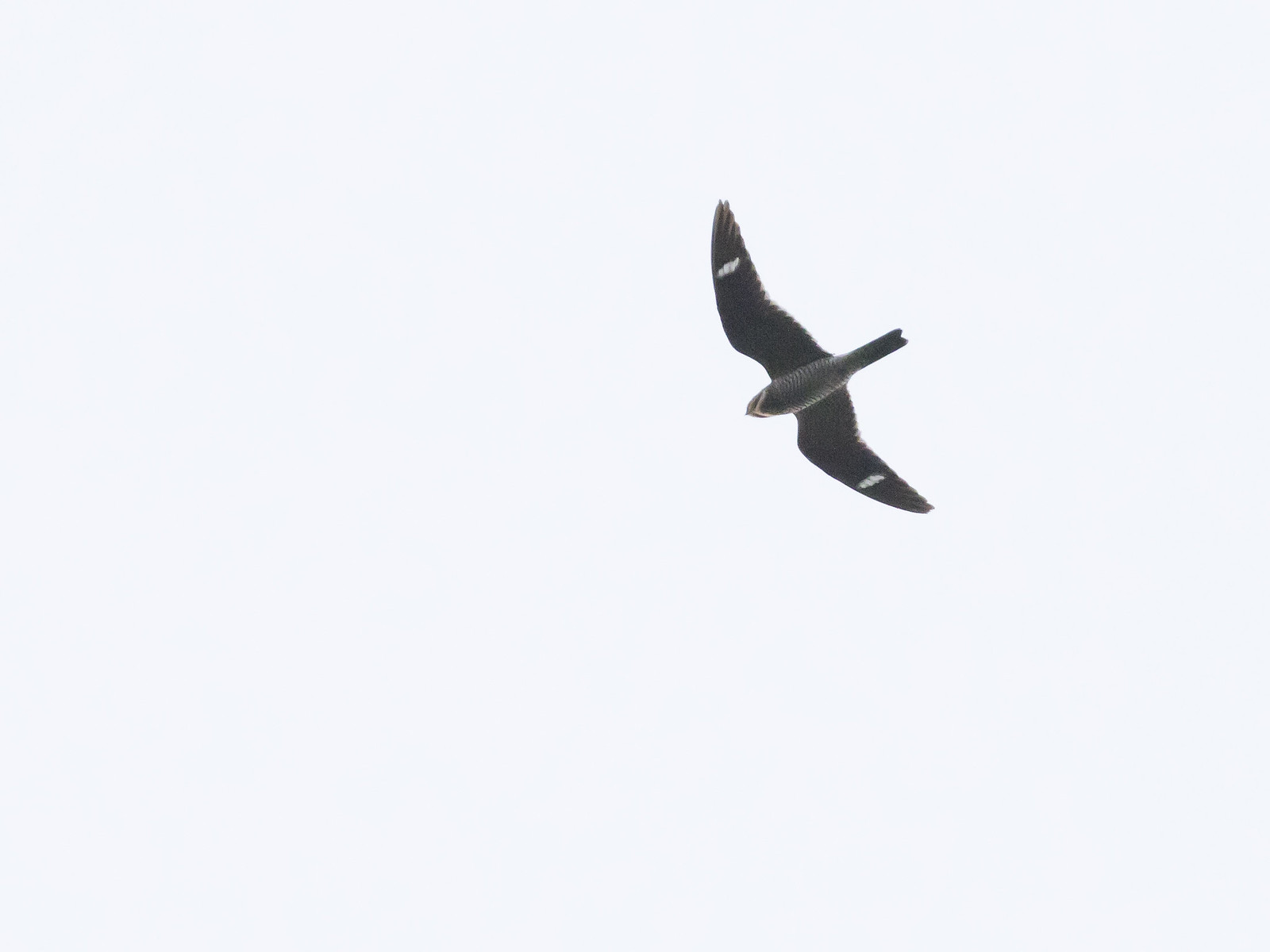
I ended the June-August time frame with total of 160 species for the year. This made up 53% of the species record in Essex County.
Comments
